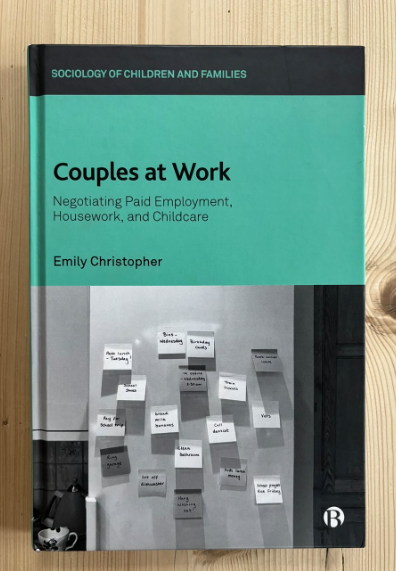Around 6% of the world’s population suffer from type 2 diabetes. People of any age can develop the condition, but the number of older adults with type 2 diabetes is rapidly increasing worldwide. In fact, adults over the age of 65 now account for almost half of all adult cases.
There are many ways type 2 diabetes can be managed – including controlling weight through diet and exercise, or taking a drug to manage blood sugar levels. But many people may not realise that type 2 diabetes in older adults can be more complicated to manage. This means people over 65 may need to be managed differently when it comes to type 2 diabetes.
There are a number of reasons why type 2 diabetes may be more difficult to manage in older adults. First, ageing can affect blood sugar control, as the body’s organs (such as the pancreas, which controls insulin and blood sugar levels) lose their ability to work as well as they used to.
On top of this, some research has shown that diabetes may cause people to age faster. It’s thought that this is due to high levels of sugar in the blood stream prematurely ageing the body’s cells. This premature ageing could lead to diseases associated with age-related decline (such as arthritis or dementia) happening sooner.
Frailty – a state of health that is associated with reduced physical and mental resilience in older adults – also affects more people with type 2 diabetes than the rest of the population. In fact, an estimated 25% of older adults with type 2 diabetes are also frail. People who are frail and have type 2 diabetes have poorer health and increased risk of death from all causes compared to those who are not frail. Frailty is associated with reduced physical and cognitive functions and increased risk of low blood sugar. Both of these factors can make treating type 2 diabetes more complicated.
Dementia, which is more common in older adults, may also make it more difficult to manage type 2 diabetes. This is because the memory problems this condition causes may make it harder for patients to remember to take their medication, or take the proper medication dosage. What’s more, type 2 diabetes in older adults is actually a risk factor for developing dementia – including Alzheimer’s disease. While the link between the two isn’t fully understood, elevated blood sugar levels and insulin not working properly have been suggested as causes.
Having other health conditions can also make it more difficult to treat diabetes. Up to 40% of older adults with type 2 diabetes have four or more co-existing diseases – such as heart disease or dementia. These conditions can make it impossible to achieve normal treatment targets and the drugs used to treat them can interact with those used to treat diabetes – which could lead to harm if not managed carefully. Alongside this, poor access to proper medical care, and being more susceptible to low blood sugar in older age are also reasons why treating diabetes can be so difficult in this age group.
Managing type 2 diabetes
Most medical treatments for type 2 diabetes work to keep blood sugar levels low, and prevent them from spiking. But older adults with type 2 diabetes may actually have an increased risk of developing dangerously low blood sugar levels. This usually happens if the medication is not used at the correct dose, or in people who have had diabetes for a long time.
Older adults can also be susceptible to low blood sugar levels. Syda Productions/ Shutterstock
Having very low blood sugar levels is dangerous as it can increase the risk of falls – a serious and sometimes life-threatening problem in older adults. Very low blood sugar levels also increase the risk of heart problems. This means that healthcare professionals need to be careful they aren’t being too aggressive in treatment plans for older adults to avoid causing other health problems.
Ageing may also alter the body’s response to low blood sugar. This is significant, as when blood sugar falls too low it is extremely dangerous and can even be fatal.
Older adults may also be less able to recognise the symptoms of low blood sugar compared to young adults. This is because symptoms such as dizziness and confusion are often less specific in older adults, and can be confused with dementia. Older adults may also take longer to recover from low blood sugar.
Given that repeated bouts of low blood sugar can mean that older people are less able to sense when it’s happened in the future, it’s important that drugs prescribed to older adults for type 2 diabetes are given at the correct doses. Care especially needs to be taken prescribing insulin, the body’s blood sugar control hormone, to very old adults as this significantly increases the risk of low blood sugar.
Given our ageing population, it is projected that more older adults will have type 2 diabetes in the future. This makes it especially important to improve how we treat diabetes in this age group. Though specific treatment guidelines have been developed, some evidence suggests that care approaches need to be more cautious and personalised to each patient, taking into account their other health conditions, and that treatments consider quality of life for each patient.





